A majority of beekeepers desire maximum honey production from their apiary. To accomplish this goal, I think it is wise to know your local natural nectar sources. In the following, I will outline some of the most common nectar sources found in Central and Southern Arizona. Using this information can help you in deciding an apiary location if you need or want to keep your bees off your own property. This can also help in selecting natural foliage for your own property. Furthermore, you can use this information to learn the seasonal nectar flow in your area based on the types of natural vegetation you see an abundance of.
-Mesquite-

There are 3 common mesquite varieties in Arizona; Screwbean Mesquite (Prosopis Pubescans), Texas/Honey Mesquite (Prosopis Glandulosa) and Native/Arizona/Velvet Mesquite (Prosopis Velutina).
These trees will produce a beautiful canopy of yellow, nectar producing flowers from April until June.
-Palo Verde-

There are two native varieties of Palo Verde tree found in Arizona; Foothills Palo Verde (Cercidium Microphyllum) and Blue Palo Verde (Cercidium Floridum).
These trees will also produce an abundance of nectar producing yellow flowers and will do so from March until May.
-Cat's Claw-
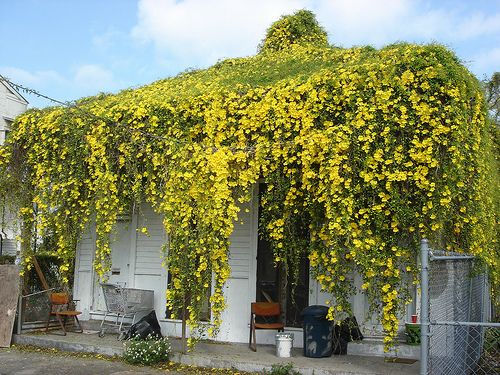
Cat's Claw (Dolichandra unguis-cati) is also known as Cat's Claw Creeper or Trumpet Vine along with several other common names. Though not necessarily a native plant, this fast growing vine is found abundantly throughout various parts of the Southwestern United States.
These vines have been known to bloom their yellow flowers from April to September.
-Ironwood-
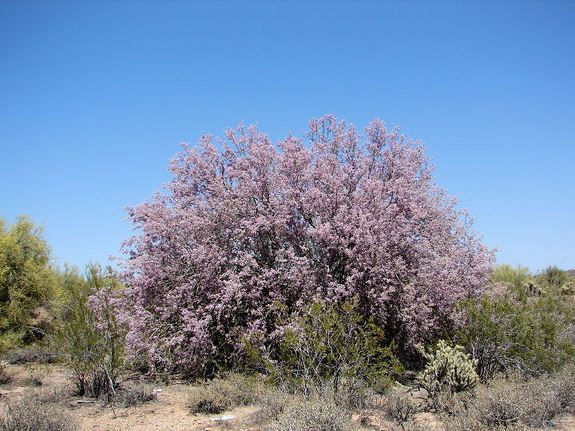
Ironwood (Olneya Tesota) produces a beautiful show of vibrant purple flowers, typically during the month of March for approximately 2 weeks.
-Bladderpod-
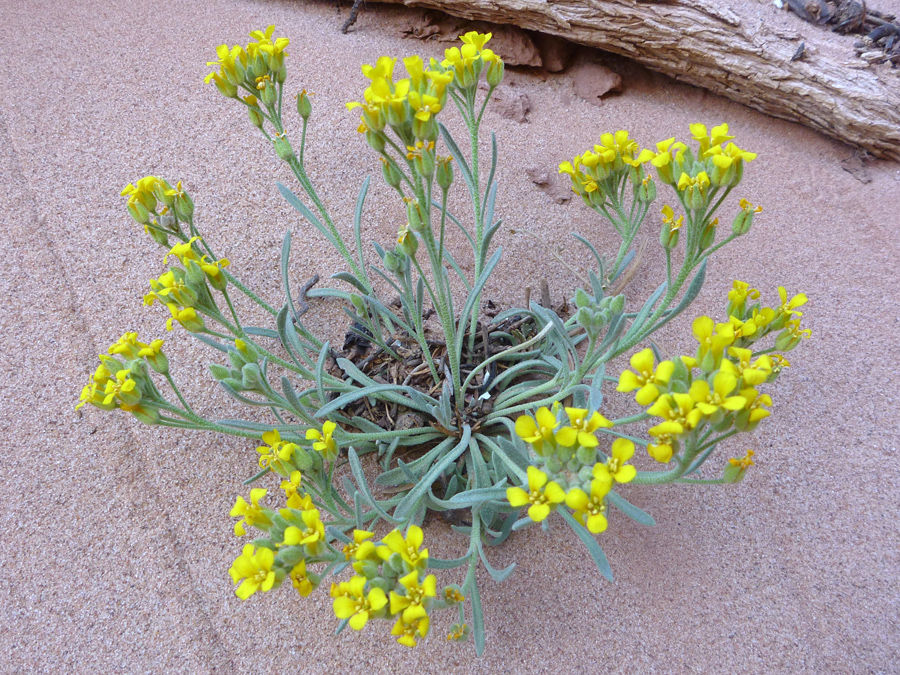
Bladderpod (Physaria Arizonica) is a small perennial producing yellow flowers typically from April until June.
-Creosote-
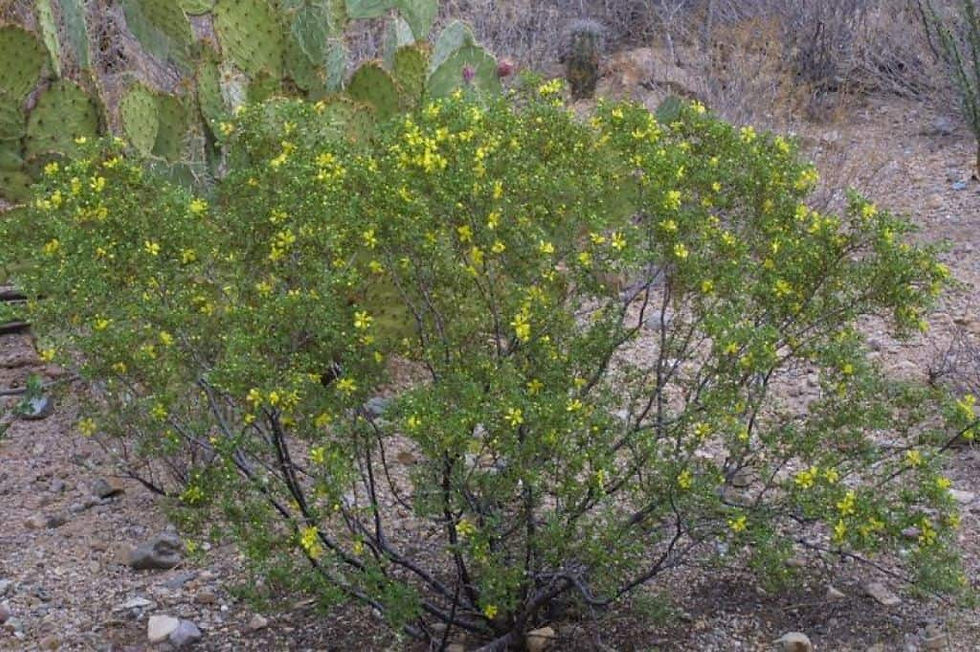
The Creosote Bush (Larrea tridentata) is a truly hardy plant that can be found in the harshest of deserts throughout Central and South Arizona. It typically blooms it's yellow flowers from February through October.
-Rabbitbrush-
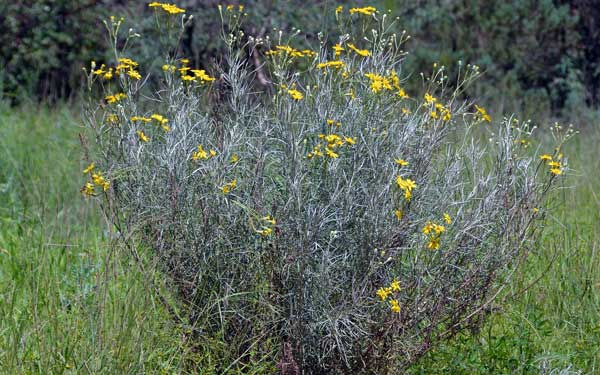
Rabbitbrush (Ericameria nauseosa) will produce yellow flowers from July until November.
-Burroweed-

Burroweed (Isocoma tenuisecta) will produce it's yellow flowers from August to October.
-Desert Willow-

The Desert Willow Tree (Chilopsis Linearis) will produce beautiful purple flowers from April through September.
-Globe Mallow-

Globe Mallow (Sphaeralcea Ambigua) produces a variety of color of flowers starting heavily in February then off and on all the way through October.
- Distant Phacelia-
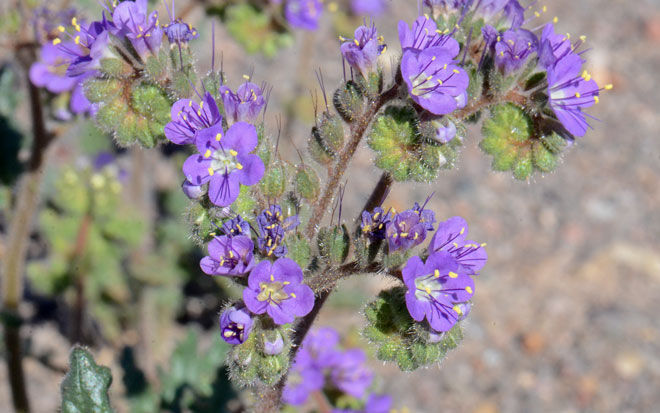
Distant Phacelia (Phacelia Distans) is a desert herb producing light blue to purple flowers from February to May.
-Filaree-
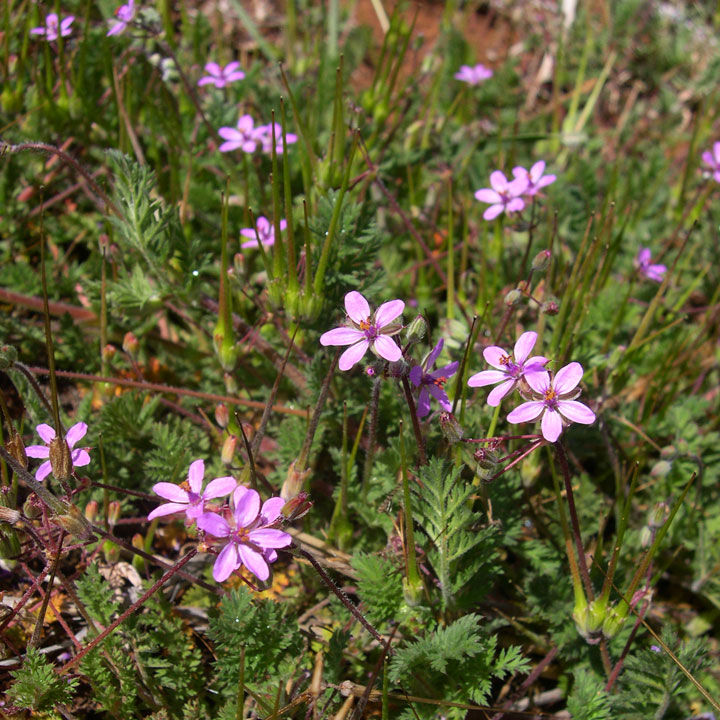
Filaree (Erodium Cicutarium) produces a variety of color of flowers from February to July.
-Desert Broom-
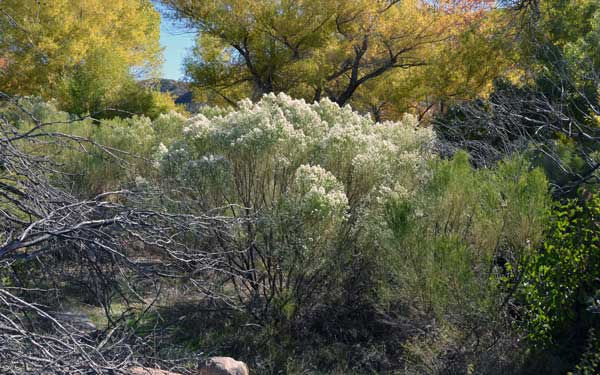
Desert Broom (Baccharis Sarothroides) produces small white flowers from September to February.
-Prickly Pear-

Prickly Pear (Opuntia Macrorhiza) produces yellow flowers just prior to fruiting from May to July.
As you can see, this list is by no means complete or detailed. However, I hope this provides as a quick reference guide and a solid starting point for further research. If you use this guide to plan the foliage around your apiary, you should provide wonderful natural nectar sources for your bees. It should also be noted that much of this information provided, specifically the bloom times, can vary depending on your specific location and, of course, the amount of rain that region has received.

Comments